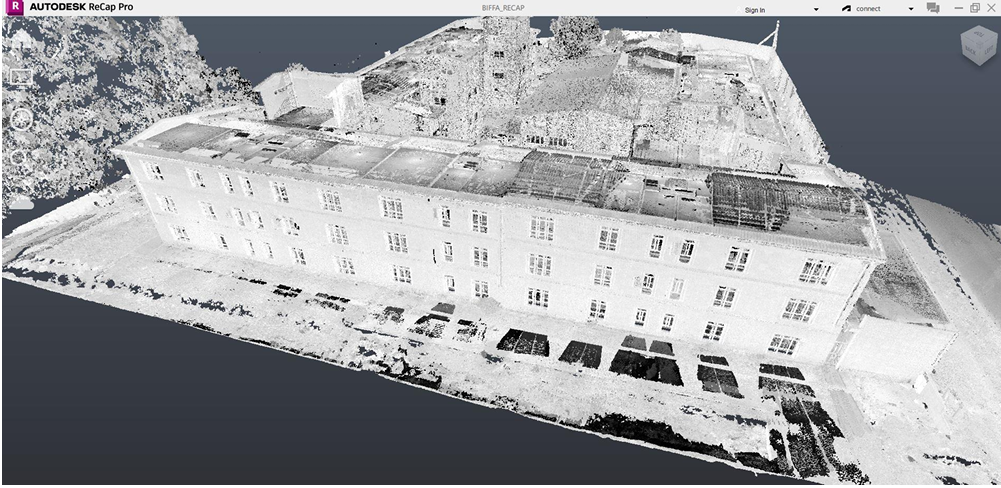3D laser scanning is an advanced technology used to capture precise three-dimensional data of physical objects and environments. By emitting laser beams and measuring the time it takes for the light to return to the scanner, this technology creates accurate digital representations known as point clouds. These point clouds can be processed to generate detailed 3D models for various applications.
How 3D Laser Scanning Works
The process begins with a laser scanner emitting rapid laser pulses toward a target surface. The scanner measures the distance by calculating the time it takes for each pulse to reflect back. As the scanner rotates or moves, it collects millions of data points, which are compiled into a comprehensive 3D map of the scanned area or object. This data can then be used for analysis, design, or documentation purposes.
Applications of 3D Laser Scanning
3D laser scanning is widely used across numerous industries, including:
- Architecture and Construction: For creating accurate building plans, monitoring construction progress, and facilitating renovations.
- Manufacturing: To perform quality control, reverse engineering, and product design.
- Heritage Preservation: Documenting historical sites and artifacts with high precision.
- Engineering: Assisting in infrastructure inspections, site surveys, and complex modeling tasks.
- Film and Gaming: Creating realistic environments and objects for visual effects and virtual reality.
Benefits of 3D Laser Scanning
Some of the key advantages of using 3D laser scanning include:
- Accuracy: Provides highly precise measurements and detailed data capture.
- Speed: Enables rapid data collection compared to traditional surveying methods.
- Non-Intrusive: Allows scanning of delicate or hard-to-reach areas without physical contact.
- Comprehensive Data: Captures millions of points to create a full 3D representation.
- Improved Decision-Making: Facilitates better analysis and planning with accurate models.
Conclusion
3D laser scanning technology has revolutionized the way industries capture and utilize spatial data. Its ability to produce precise, detailed, and comprehensive digital models makes it an invaluable tool for design, analysis, and documentation. Whether for construction, manufacturing, or heritage preservation, 3D laser scanning delivers efficiency and accuracy that enhance project outcomes.


